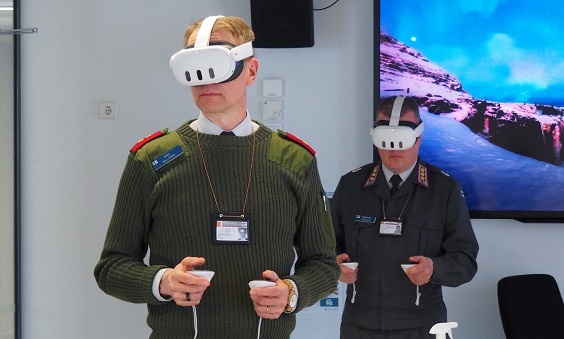The Approaches to the Protection of Civilians in NATO and UN Peace Operations Course
In today’s modernised world, conflicts have become increasingly complex, leading to heightened demands for protecting civilians during military operations. However, various approaches and political dimensions within the protection field, along with the gap between theory and practical implementation, make this task even more challenging. The modern conflicts raise uncertainties about the military’s role in protecting civilians, the types of threats civilians should be shielded from, and the most effective ways for doing so. Ways to address these issues are being explored in the Approaches to the Protection of Civilians in the NATO and UN Peace Operations (NATO-UN POC) course, organised by FINCENT. The course is held twice a year, the last time in March 2024.
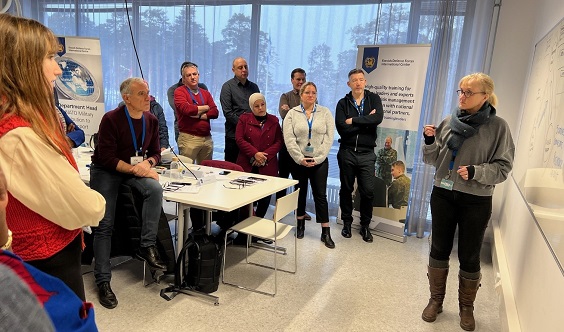
Picture 1. In the NATO-UN POC course, learners acquire insights not only from their mentors but also by engaging with one another.
The 8th NATO-UN POC course started in February with an approximately 30-hour, self-study package and continued with a two-week residential period that took place from the 4th-15th March in Santahamina. The course brought together 24 learners from 16 nations (Brazil, Cameroon, Croatia, Finland, France, Jordan, Lebanon, Morocco, Netherlands, Poland, Portugal, Spain, Sweden, Uganda, United Kingdom and the United States) with facilitators to learn and widen their knowledge of the protection of civilians. The group of learners consisted of UN and NATO strategic and operational-level military and civilian personnel, and representatives of academia and rescue services.
Background and Methodology
The NATO-UN POC course is NATO certified and developed by the NATO discipline of Military Contribution to Peace Support (MC2PS) and thus fulfils the requirements for NATO at the strategic and operational level. The course aims to develop a practical understanding among civilian and military participants of the role of the UN and NATO as protection actors in operations. The course focuses on how to protect civilians from threats of physical violence, including unintended harm from the actions of military protectors. The course also scrutinises the military's understanding of how military options impact civilians, and how the military can support other non-kinetic actions to minimise the negative impacts of conflict on civilians.
The course staff is comprised of a Senior Mentor, Mentors, Syndicate Facilitators and Officer Primary Responsible (OPR), who represents the MC2PS Disciplines Department Head and monitors that the course meets NATO requirements. Mentors serve as subject-matter experts, coaching and supporting the learners and facilitating discussions throughout the course.
The course is designed by the NATO System Approach to Training methodology and supported by FINCENT's Pedagogical Concept, which is built on three guiding principles: ownership and commitment through adult learning principles, transformative learning through active learning methods, and quality with competence through documentation and continuous improvement. Adult learning has a specific focus on the learner's inner motivation, current roles and problem-centred instructions. This means that the learner is more likely to actively engage in the learning when the content has an impact on their job or personal life, i.e., when the motivation for learning comes from within, and when the learning tasks are connected to real-life problems. When asked about the learners’ motivation for attending this particular course, they highlighted reasons such as to deepen their understanding of civilian protection, to meet with and learn from practitioners of POC in other organisations, and to deepen their knowledge of POC that they need in their daily work or future missions.
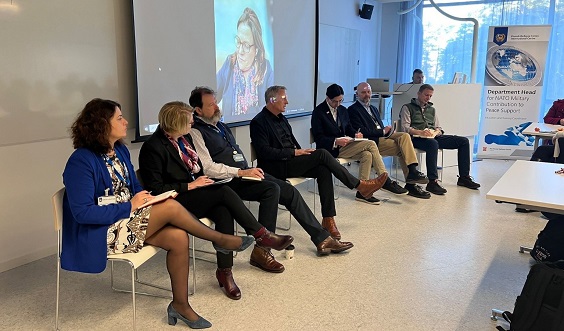
Picture 2. During the course, mentors serve as subject-matter experts, coaching and supporting the learners while also facilitating discussions.
The NATO-UN POC course seeks to facilitate deep learning among participants. To achieve this, the course utilises multiple learning methods: a comprehensive self-study package followed by active peer-to-peer, syndicate, and plenary discussions and a set of practical hands-on group exercises. The purpose of the self-study package is for learners to acquire a baseline level of knowledge and insight across the range of topics covered in the course. In the residential phase, once the learning environment is established, it serves to provide a venue for transitional learning. Utilising many different learning methods keeps the learners active, encourages critical thinking and promotes understanding of theory and concepts. The discussions with other learners also encouraged collaboration, respect and openness to other views as one of the learners explains:
“It was incredibly valuable to work side-by-side with people from military backgrounds or serving in policymaking functions at the UN and NATO. As one of the few NGO reps in the room, I felt also that my expertise was respected and like I could contribute a different perspective.” (Carrie Huisman, NATO-UN POC course 1/2024)
One particular goal of this course is to raise awareness and build trust and competence across organisational boundaries, as the learners come from very different backgrounds. Adult learning principles emphasise the previous experience and expertise of the learners. In the NATO-UN POC course, this is reflected in the fact that learners acquire valuable insights not only from their mentors, but also from one another, as they bring their knowledge to the table. As many of the participants are already experts in their field, the highlight of the course is precisely drawing upon this expertise and exploring different approaches and perspectives. Course participants from various backgrounds and organisations, with diverse competences and expertise, gained new insights into the protection of civilians from different perspectives outside their organisation and observed challenges and aspects that may not have been considered before.
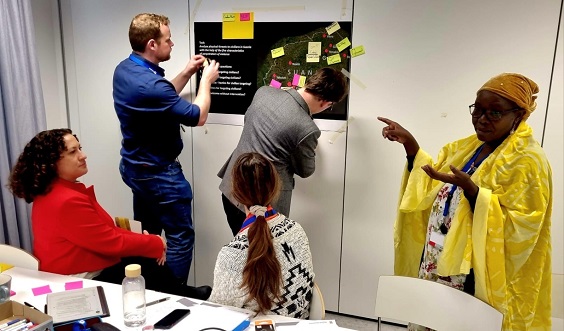
Picture 3. At the beginning of the course, the learners were divided into syndicate groups to work on various projects.
Extended reality training
The contents of the course are breaching new grounds on how to understand the utility of military force in relation to human security in contemporary armed conflicts. This is being done by offering insights on the variations in threats to civilians in conflict – and how these variations impact the use of force to reduce civilian harm. The task of protection is new to military forces and not well understood.
The first week of the course focused on theory and internalising different approaches to the protection of civilians. In the second course week, learners were able to apply their newly acquired skills in action in Extended reality (XR) training. XR training is a new pedagogical tool that allows the learners to apply the introduced frameworks and analysis tools in the form of simulation exercises. The XR application provides a developing scenario and immersive experience, combining digital avatars and 360°-videos in an agent-based simulation and a collaborative mapping task. It is a fairly new tool that was first introduced in the November 2023 course.
In the exercise, learners get to know a fictitious conflict from the perspective of different actors. At first, they are embodied as civilians being targeted and then looking at the conflict from the perspective of the perpetrators of violence. This way the conflict and threats to civilians can be better understood. The learners worked in a team and analysed the conflict using a threat-based approach. The learners had a mainly positive reaction towards the training and found it useful, especially in applying theory to practice:
“[The XR training] helped to be more immersive and to have you feel what civilians and/or military personnel feel when faced with these devastatingly hard decisions - it helped to personalise and materialise the situations we were learning about in theory.” (Brittany Roser, NATO-UN POC course 1/2024)
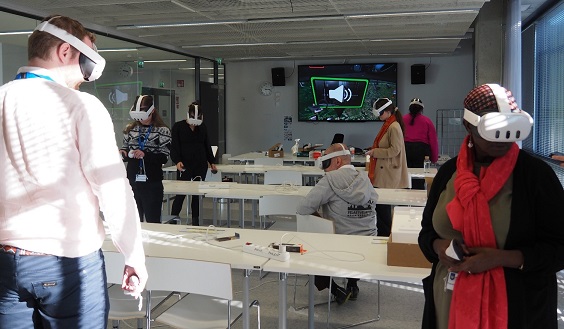
Picture 4. During the second week of the course, learners had the opportunity to test their skills in Extended Reality training. In the picture, a group of learners wear virtual reality goggles and explore a fictional conflict from the perspective of both civilians and perpetrators.
Complex and context-specific
The aim of the NATO-UN POC course is not to give ready-made answers to the best ways to implement the Protection of Civilians in practice but to provide learners with tools for analysing conflicts, so that the protection needs of civilians are understood diversely and examined from multiple angles. One goal is also to make participants recognise gaps in their current way of thinking about what protecting civilians means and to understand the importance of cooperation between different organisations:
“[The most valuable thing I learned during the course is] the need for all protection actors from across the triple nexus (security - development - humanitarian) to understand one another's roles and limitations so that we can operate more coherently, but without suggesting that we need to do everything together.” (Carrie Huisman NATO-UN POC course 1/2024)
The course encouraged learners to think critically and reflect on how they could bring what they have learned into their activities when going back home or on future missions. The course emphasises that the protection of civilians is not something one can learn only once, but that it requires a change of mindset and awareness of the consequences of one's actions:
”If I were in an operation, I would be much more aware of red flags in regard to POC.” (Johan Janson, NATO-UN POC 1/2024)
When asked how the learners intend to bring what they have learned in the course into action in their work and activities, they mention their intention to make use of their new network from the course. Spending two weeks closely together and working on very complex questions creates lifelong professional and personal relationships. The course has also intensified cooperation between civilian and military actors and an understanding of the different actors' roles in protecting civilians. After the course, some learners have already promoted POC in their organisation.
The NATO-UN POC course is ideal for professionals with a solid foundation in these themes and hands-on experience in humanitarian, development and military fields, as well as for advisors and policy-makers with experience and understanding of institutions such as UN and NATO headquarters. As the course is designed to facilitate the exchange of views, teaching and sharing the best practices, it is especially beneficial when the learners come from diverse backgrounds. In the long run, the course is particularly valuable for those who are not yet fully versed in civilian protection and civilian-centric security concepts.
Welcome to the upcoming NATO-UN POC courses! We offer you top-notch teaching in premium learning facilities with high-quality partners.
